Checking the motor of a Samsung washing machine
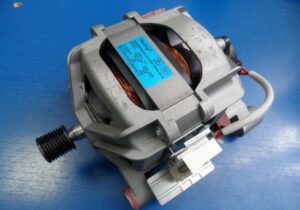 No one is insured against breakdowns of household or any other equipment, so it is always better to be able to carry out diagnostics yourself, so as not to spend extra money on analyzing the possible cause of the malfunction. If the washing machine suddenly stops working, then the problem may be hidden in any part: from the belt with electronics, to the wiring or the engine. You can check the engine of a Samsung washing machine yourself, but only by following the instructions exactly and observing all safety measures.
No one is insured against breakdowns of household or any other equipment, so it is always better to be able to carry out diagnostics yourself, so as not to spend extra money on analyzing the possible cause of the malfunction. If the washing machine suddenly stops working, then the problem may be hidden in any part: from the belt with electronics, to the wiring or the engine. You can check the engine of a Samsung washing machine yourself, but only by following the instructions exactly and observing all safety measures.
We remove the motor and check for functionality
To test the washing machine motor, you first need to study its structure. Samsung washing machines are usually equipped with a commutator-type motor, which is distinguished by its compact size and high power. An important part of the engine is the drive belt, which is connected to the drum pulley to start the rotation process.
The internal mechanism of the device consists of a rotor, a stator, two electric brushes, as well as a tachometer that controls the speed in revolutions. Before you start checking the motor, it must be removed from the washing machine.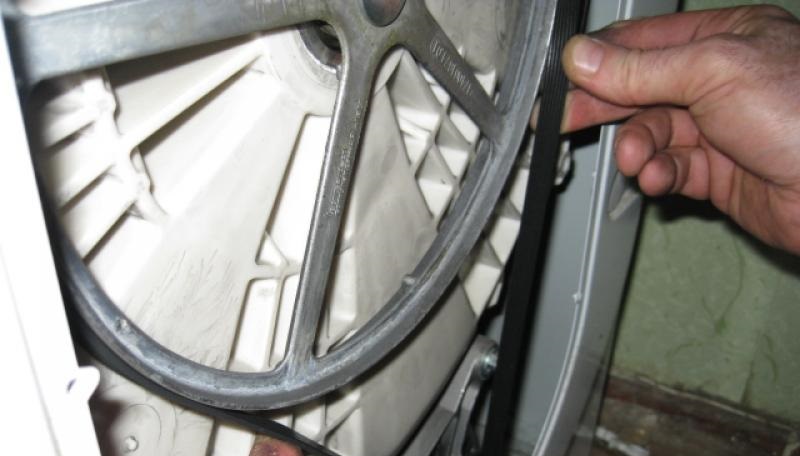
- We disconnect the back panel of the washing machine, for which you need to unscrew all the bolts around the perimeter.
- Remove the drive belt by first loosening it and rotating the pulley.
- Disconnect the line connected to the engine.
For convenience, before disconnecting, we advise you to take a photo of the connected wiring, so that you can later check the photo and avoid mistakes during assembly.
- We unscrew the bolts and then remove the engine, swinging it to the sides.
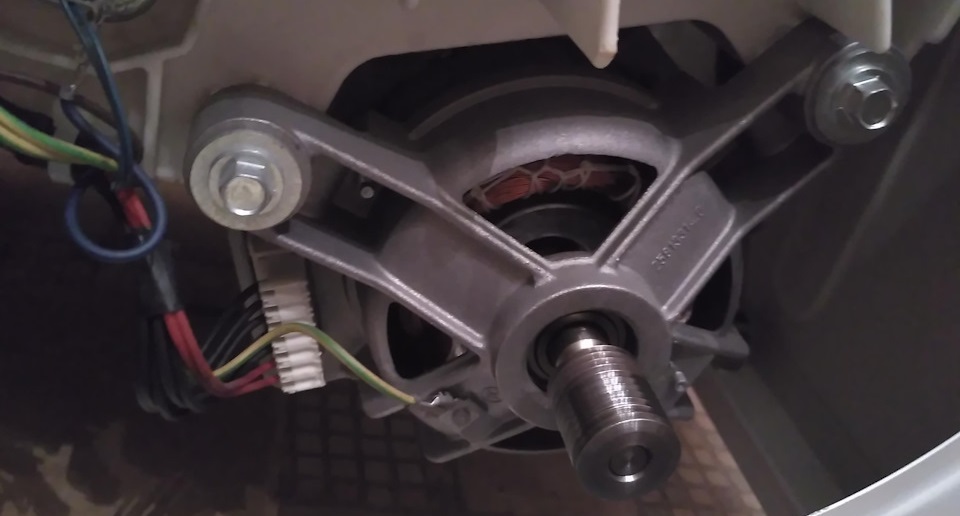
- Finally, we begin diagnosing the motor, for which we need to connect the wires from the rotor and stator windings, and then give them a voltage of 220 Volts. If the device starts to rotate, then it is working properly and everything is in order.
This method is not ideal, since it is not possible to conduct a full test of the motor, especially in a situation where in the future it will function not in one, but in different modes. There is also a risk of damaging the motor due to direct connection, which can cause a short circuit. Therefore, for the safety of the test, first of all, it is necessary to include a “ballast” in the circuit - a heating element from a washing machine will do. In this case, the heating element will begin to heat up when it closes, which will absorb a possible blow and protect the motor. We proceed to the next diagnostic stages, during which we check the remaining parts of the electric motor.
Are the graphite brushes intact?
First of all, we check the electric brushes that are located on both sides of the body. Without them, the commutator motor would not be able to work in any way. Carbon tips are subject to frictional forces and therefore tend to fail relatively quickly. To check them, you should follow the instructions.
- Unscrew the bolts holding the brushes.
- Compress the spring and remove the electric brushes.
- We take them apart to evaluate the tips. If the length of the carbon tip becomes less than 1.5 centimeters, then it’s time to replace them.
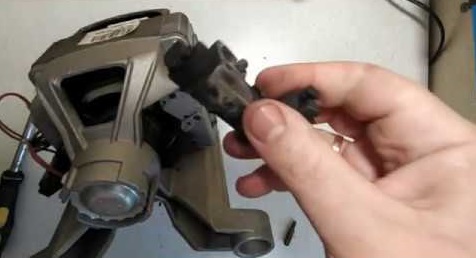
Over time, electric brushes wear out and become unusable, so they should be carefully checked and replaced in a timely manner. These parts are always replaced in pairs, even if only one electric brush is damaged. Take damaged brushes with you as an example so you can purchase the same or similar ones.For installation, the above instructions are suitable, implemented in reverse order.
Testing other engine components
Checking the motor is impossible without testing the lamellas, which are responsible for transmitting the electrical discharge to the rotor. These parts are glued directly to the shaft, but if the motor jams, they can break and peel off. In this case, it is not necessary to change the engine if the detachment is small and it is possible to use a lathe and fine sandpaper.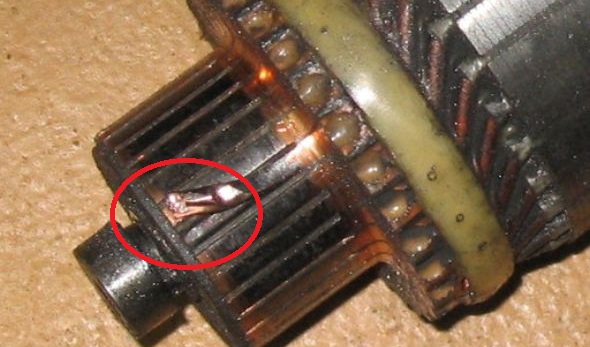
If there are problems with the winding, then the engine will either not accelerate to its maximum or will not start at all. Everything happens due to a short circuit, after which the electric motor gets seriously hot, the temperature sensor notices the overheating of the system and immediately turns off the washing machine. In such a situation, there is a risk of damaging the thermistor if the fault is not corrected in time. The condition of the winding can be checked with a multimeter.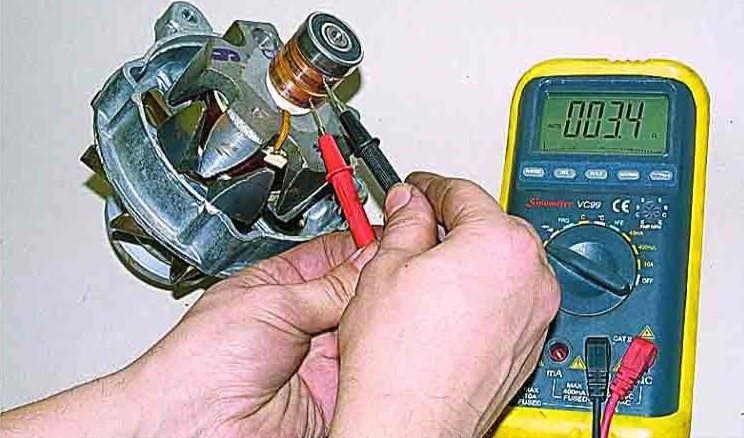
- Turn on the tester to the “Resistance” mode.
- We apply the probes to the lamellas.
- The normal value is 20-200 Ohms.
If the display shows less than 20 ohms, then the problem lies in a short circuit, if more than 200 ohms, then the problem is a break.
It is also worth checking the stator with a multimeter. To do this, in buzzer mode, you need to alternately apply the probes to the winding. If the multimeter does not detect anything, then there is no damage. If there is a problem in the winding, then it will be easier and cheaper to simply replace the engine than to repair it.
Interesting:
Reader comments
- Share your opinion - leave a comment

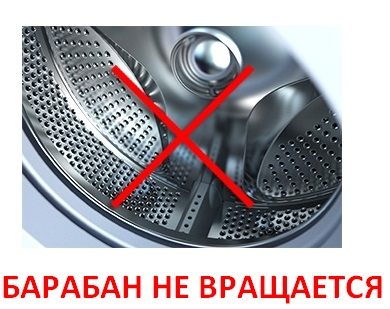
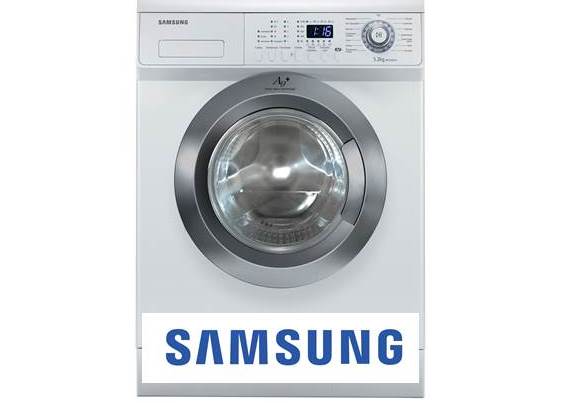
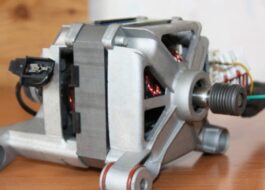
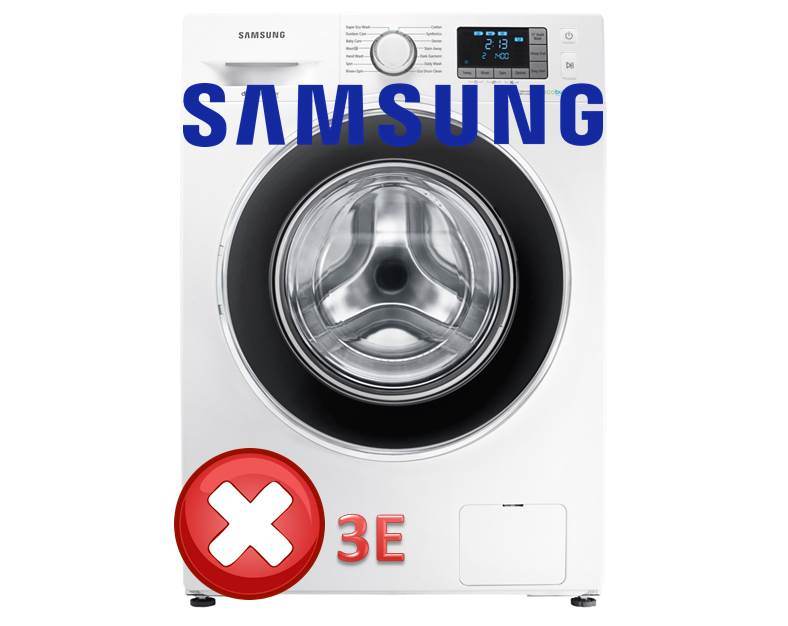
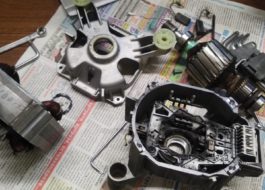
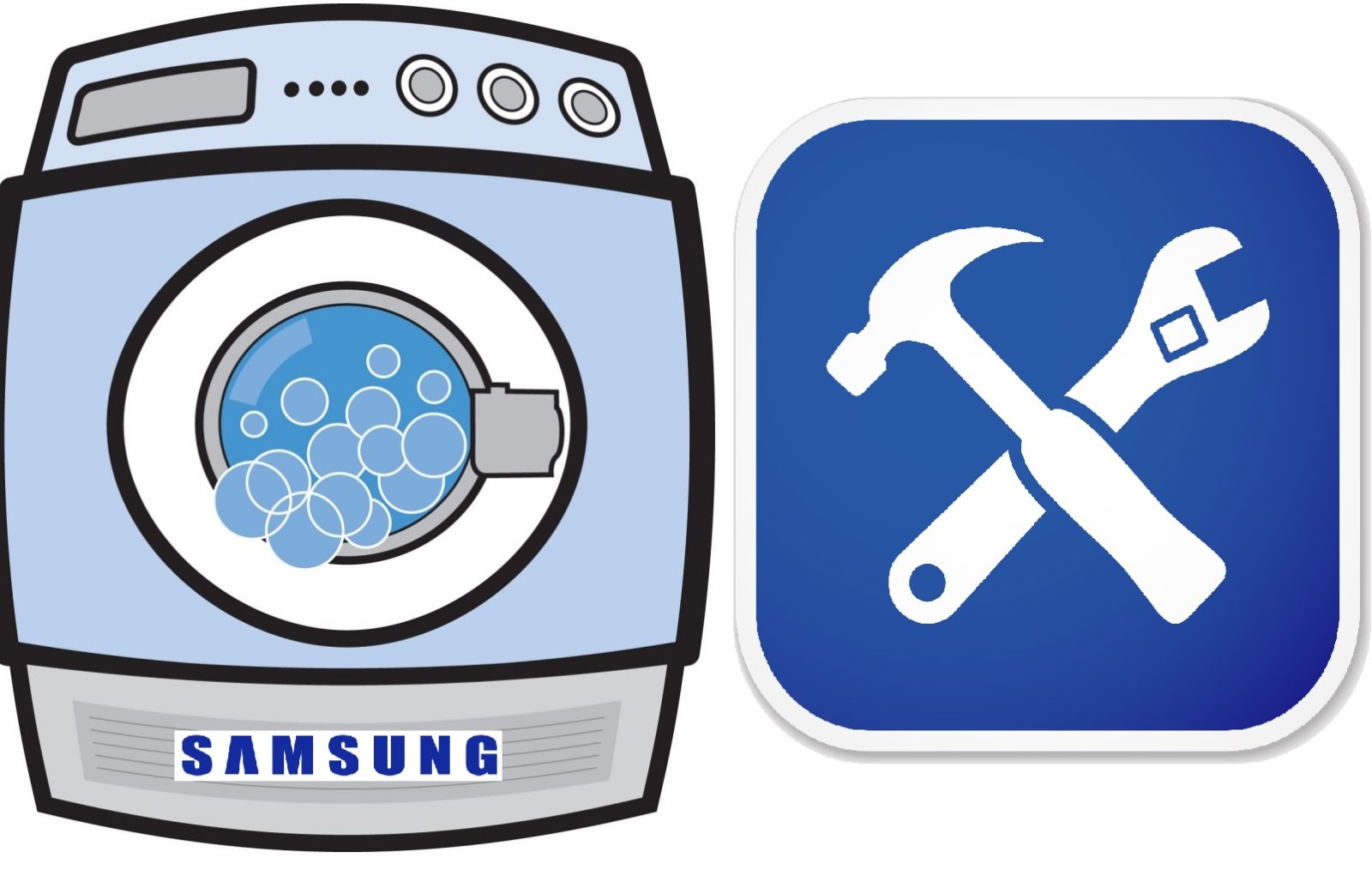














Add a comment